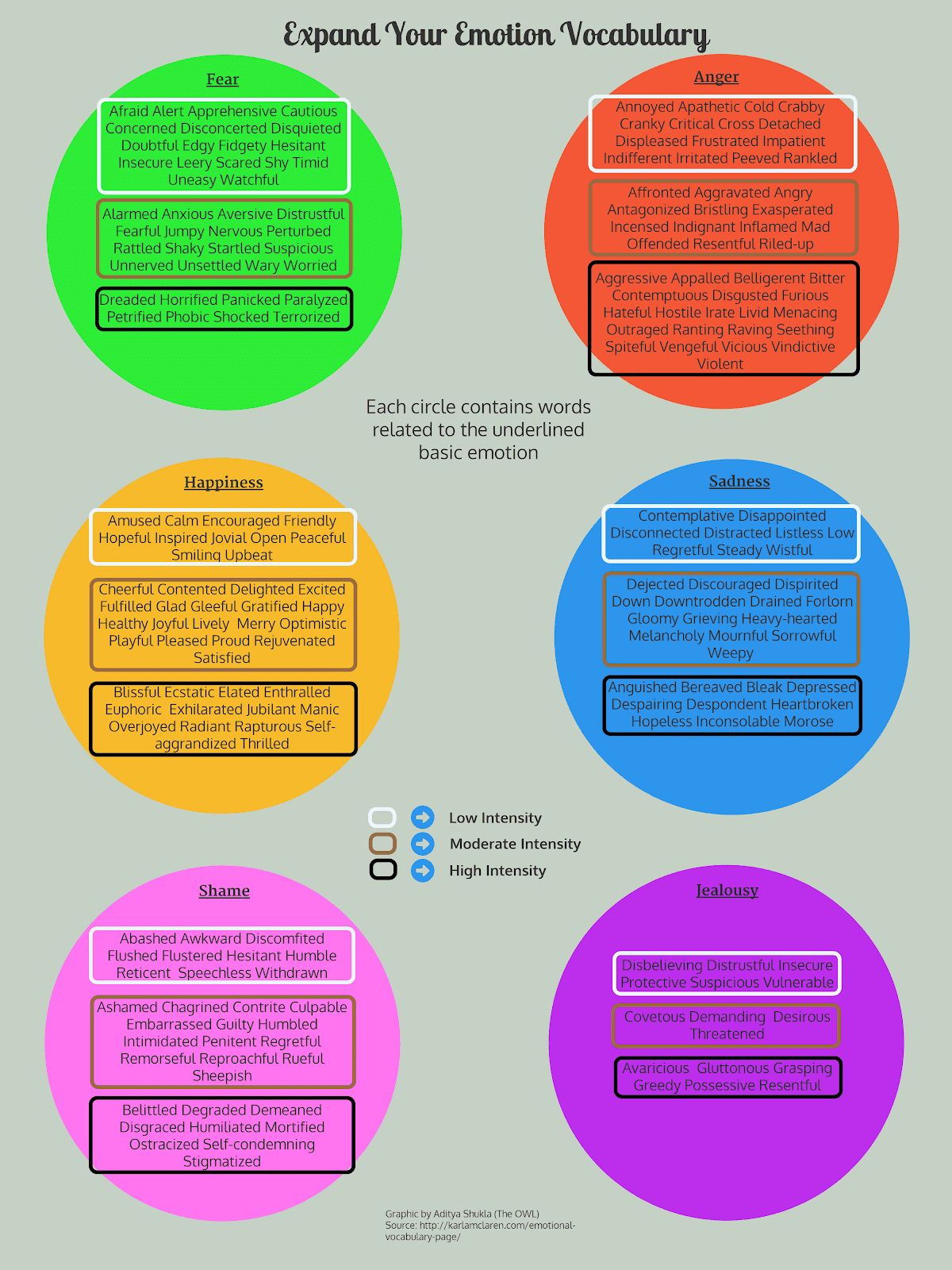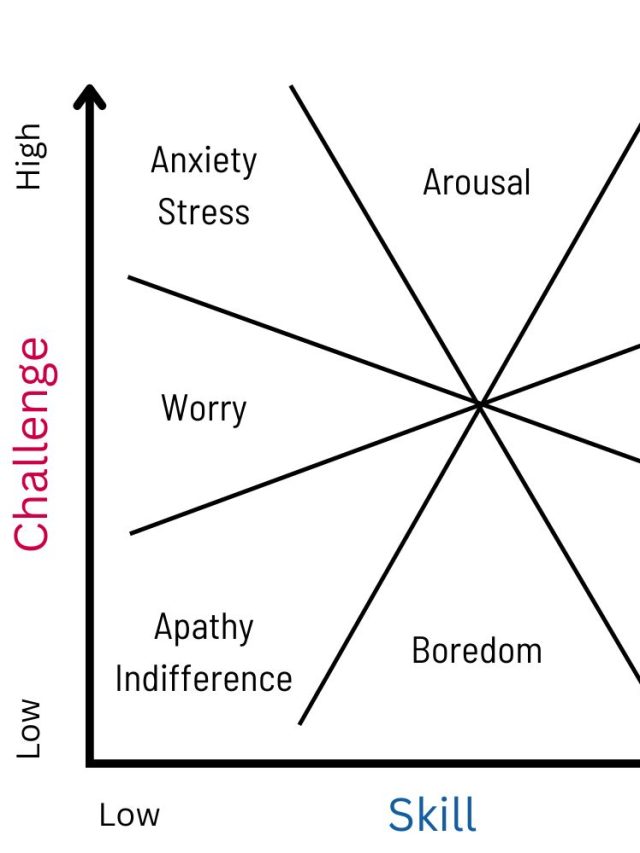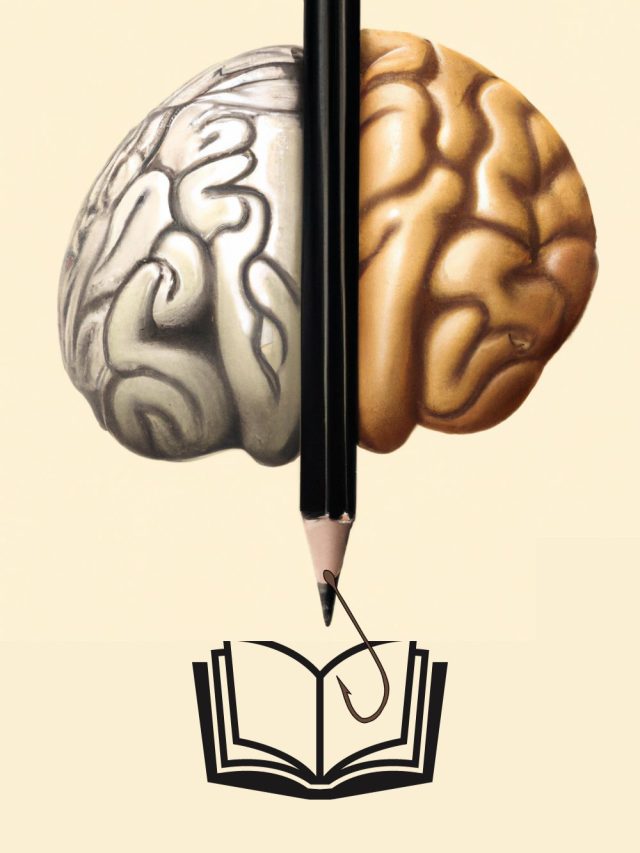Stress and anxiety is a fundamental fact about being human. We do feel stress; we do get anxious; we do get cranky. This post will steer away from all motivational, inspirational ideas and give you mental techniques to combat anxiety, nervousness, and stress.
Be it a break-up, a proposal, a job interview, a moment of truth, an examination. It could even be a slow build-up of stress-induced anxiety such as approaching deadlines, financial crises, interpersonal fights, meeting important people, or just meeting randos, etc.
I’m sure you can list at least 20 different ways you can experience some stress or anxiety.
Do you want a way to reduce anxiety in those scenarios?
Sometimes, anxiety is too much. And, there lies the problem. We, humans, are capable of managing a fair deal of stress and anxiety, in fact, some of it helps us make wise decisions.
It is when managing that anxiety and stress becomes hard, our mental and physical health deteriorates. Our relationships spoil, our productivity drops, and above all, we think and behave in ways we shouldn’t have.
Because this technique is most useful in social & professional settings, let us first look at what social anxiety is.
Social anxiety is the anxiety associated with being judged or negatively evaluated by others. It includes fleeting anxiety in novel social situations such as gatherings, get-togethers, clubbing, interviews, speeches, presentations, etc. There is emotional distress while (and before) meeting new people, networking, small-talk, etc.
It is often closely related to performance anxiety which may be more dominant during dates, sex, and presentations. However, the feeling of being negatively evaluated, criticized, and judged is at the core of it. It’s almost obvious that this can take a toll on one’s self-esteem.
Because of the negative evaluations, there is poor decision making, sudden fear based on imagined ideas, etc. That is why we are going to look at a technique that will help you reconstruct your thinking to counter social anxiety (and anxiety in general).
Social anxiety makes you anxious about being negatively judged by others and this can take a serious toll on your self-esteem. Here is a way to counter it by rephrasing your thoughts Click To TweetHere is one general purpose technique you can use to remain calm and de-stress. Well, more than just stay calm. It is ideal to reduce social anxiety.
You can use this for:
- Staying calm
- Reducing general anxiety
- Managing overall stress
- Managing crippling moments of anxiety
- Clearing up your mind from emotionally loaded automatic thoughts.
- Be more confident in social settings
- Dealing with Yes & No.
Semantic conversion: A technique to lower anxiety and stress
In any moment you feel some anxiety or stress, follow these 2 steps.
Step 1: Mindfulness & labeling
Notice your emotions and thoughts. We are aware of a very small amount of emotions and thoughts which run through our mind. Forcing ourselves to ‘attend’ to some of them can surface a deeper layer of thoughts. Start labeling your thoughts and emotions in the best possible words you can find.
You can mentally ask your self a few questions. For example,
- What is it about the situation that is making me anxious?
- What are all the emotions I am feeling?
- Who are the thoughts related to?
- Do you actually know what people are thinking?
- Do they have a real basis for forming any judgment?
These questions will help you put your anxiety into words. Be generous and mentally describe your emotions. You can choose to label these emotions in multiple ways. You can use words that are extreme such as ‘i am going to be destroyed’ or you can use something more constructive like ‘I am going to be challenged’. Use words that are constructive, useful, and less extreme even if you feel extreme.
Mindfulness: Mindfulness is a way to develop an awareness of your experiences – bodily and mental. It includes self-reflection, self-awareness, and deliberate attention. You don’t have to follow mindfulness the way it is done in therapy. All you need to do is look inward and make it a habit. This is the first step in relieving anxiety. The next step will help you overcome it.
Step 2: Constructive rephrasing
Use constructive words to rephrase your anxiety and stress. Use words that give clarity. Avoid words that make your thoughts very emotional. For example, if you are going for an interview and you are nervous AF, you can go through step one before the interview and rephrase this way. Original thoughts: I’m nervous AF and things are going to go down south. What is going to happen? I’m already intimidated. Aaaa… Sh*t. I’m going to F*ck up. …
Rephrased thoughts: I’m nervous AF. But this nervousness is going to help me figure out what the best thing to do in the interview is. I cannot know what the outcome is going to be but I cannot assume how it is going to end. They are not out there to attack me even if it feels that way. With the interview running its course, I’ll know better. All I have to do is focus on what I know and what I can do. No assumptions, no predictions.
Here is a chart of emotion words. There are 3 intensities. While relabeling, move one or two intensities down. If you are in experiencing negative emotions from the black squircle, relabel/rephrase using words from the white squircle.

If emotion words are not suiting your experience, use sentences.
If you feel that you are being paralyzed by an anxiety-inducing situation, say you are ‘unable to choose appropriate behaviors and you are unable to decide what do to’. This changes the focus from being paralyzed to something you need to learn. The semantic change allows you to think in a different way.
Once you have labeled and rephrased, you will realize that You are in control. Not your anxiety. You. And that is important. A sense of control and mastery over your own thoughts allows you to dissipate the anxiety or make it easier to experience it.
Use case: You can do this in most environments. Best for mild anxiety, social anxiety, stress, and nervousness.
While this post isn’t about anger management. This technique does help! Keep it handy. Stay calm and prosper.
Note: This is not a technique to treat anxiety disorders. It is a technique to relieve anxiety in general, especially social anxiety. Anxiety disorders are a lot more complex and multifaceted. Anxiety disorders should be treated as recommended by your therapist.
Mindfully rephrase thoughts and describe them objectively to KILL social anxiety. Make your thoughts actionable, not just emotional. Click To TweetThe nature of Anxiety
Now, some theory.
One of the more difficult aspects of anxiety is that there are positive feedback loops involved. That means the presence of one thing increases the presence of another thing of a similar nature. Here, it is anxious thoughts and physical symptoms which feed each other.
-Anxiety begets anxiety.
-A nervous body leads to more nervousness.
There is feedback between your mental state and physical state. Because anxiety can be so carnal – heart rate increases, blood pressure rises, palms get sweaty, muscles tense up, it is easy to get anxious about your own state. This may or may not be relevant to the anxiety-inducing situation like. The anxiety is about an existing aspect of anxiety.
One can worry about their own symptoms, or symptoms can be caused by their own thoughts, or both occur simultaneously. In all 3 cases, there is feedback making things work.
This technique will help break the feedback loop of anxiety by changing the cognitive component. Words will guide how you think of a situation and that will counter the anxiety.
The dictionary definition: a feeling of worry, nervousness, or unease about something with an uncertain outcome.
The psychology definition: Anxiety is an emotion characterized by feelings of tension, worried thoughts and physical changes like increased blood pressure.
People with anxiety disorders usually have recurring intrusive thoughts or concerns. They may avoid certain situations out of worry. They may also have physical symptoms such as sweating, trembling, dizziness or a rapid heartbeat (APA[1]).
Dealing with Panic attacks
The technique described above is mainly useful when anxiety involves content – thoughts, context, background mood. But what if you are afraid of getting panic attacks as a result of social anxiety in a social situation? This could be terrifying and that is why you should know how to manage a panic attack.
Panic attacks are relatively intense moments of anxiety characterized by breathlessness, trembling, a racing heartbeat, and last 5-20 minutes. You may feel that panic attacks are going to kill you but they are usually harmless.
- Panic attacks pass and do not indicate something harmful.
- Understanding that panic attacks are about anxiety helps. Confusion about what is happening to your body doesn’t help.
- If your friend is having a panic attack, you don’t panic. Reassure that the symptoms will pass. Ride out the panic attack until it subsides and continues doing what he/she was doing.
- Structured deep breathing helps.
Breathing guidelines for reducing anxiety and managing a panic attack
- Breathe in deep from your nose slowly and gently
- Breathe out deep from your mouth slowly and gently
- Count 1 to 5 while breathing in and out if it helps
- Close your eyes and focus your undivided attention on your breathing
Hope you can manage your anxiety and stress a lot better with this technique. Do share your anxiety management story in the comments section!
References
Grossman, P., Niemann, L., Schmidt, S., & Walach, H. (2004). Mindfulness-based stress reduction and health benefits. A meta-analysis. Journal of Psychosomatic Research, 57(1), 35–43.
Hayes, S., Hirsch, C. R., Krebs, G., & Mathews, A. (2010). The effects of modifying interpretation bias on worry in generalized anxiety disorder. Behaviour Research and Therapy, 48(3), 171–178.
Hirsch, C. R., Meeten, F., Krahé, C., & Reeder, C. (2016). Resolving Ambiguity in Emotional Disorders: The Nature and Role of Interpretation Biases. Annual Review of Clinical Psychology, 12, 281–305.
MacLeod, C., & Mathews, A. (2012). Cognitive bias modification approaches to anxiety. Annual Review of Clinical Psychology, 8, 189–217.
Sources

Hey! Thank you for reading; hope you enjoyed the article. I run Cognition Today to paint a holistic picture of psychology. My content here is referenced and featured in NY Times, Forbes, CNET, Entrepreneur, Lifehacker, 10-15 books, academic courses, and research papers.
I’m a full-time psychology blogger, part-time Edtech and cyberpsychology consultant, guitar trainer, and also overtime impostor. I’ve studied at NIMHANS Bangalore (positive psychology), Savitribai Phule Pune University (clinical psychology), and IIM Ahmedabad (marketing psychology).
I’m based in Pune, India. Love sci-fi, horror media; Love rock, metal, synthwave, and pop music; can’t whistle; can play 2 guitars at a time.











A great motivational speech. I have egarly worked on that process. Anxiety is a curable thing.
Thanks! Regulating emotions, especially those clustering around anxiety, is in our control! It might be hard to regulate disgust coming from a smell but anxiety is a lot more manageable!
Amazing post, thanks for sharing this article. I am truly motivated by you for blogging. Thank You!
https://blog.mindvalley.com/emotional-stress/
Thank You for this.
wife triggers p t s d; panic attacks cannot live separately, 69age,bitterst memories,suicide thoughts due to bitter stressful emories what to do
Hey! I can imagine your wife is going through a lot. I would encourage you to visit a psychotherapist near you. You, your wife, and the therapist can then work on a plan to heal. The therapist will teach you & her ways to cope with PTSD and manage anxiety-inducing memories. If you feel your current therapist is not helping, look for another one. All the best!